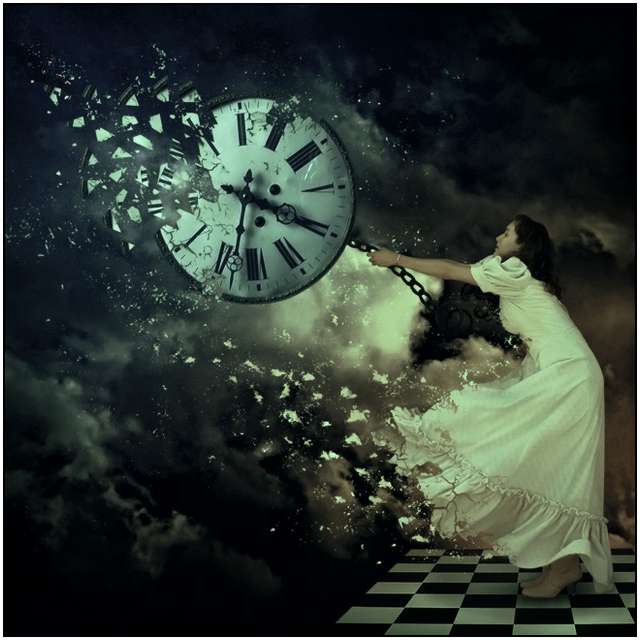I saw this earlier and it’s amazing (h/t tweet C&J):
This drone video ? pic.twitter.com/WoazFXvEVO
— CCTV_IDIOTS (@cctv_idiots) March 12, 2021
And the reply for hardcore bowlers:
— Michel Bleeker ?? (@MichelBleeker) March 12, 2021
As I posted this morning, I took the first shot of the Pfizer COVID-19 vaccine, and although the CDC advised there could be side effect (tiredness, headache, chills — at the injection sight, pain, redness, swelling), I wasn’t prepared for them to appear fairly rapidly (two/three hours later), but supposedly all good. Not much to the arm area, but the rest made me feel sick-like, but not that bad.
A quick glance at these ‘side effects’ via New YorK Magazine yesterday:
The reported side effects are similar for all federally approved vaccines: injection-site reactions (including pain, redness, swelling, or tenderness), fatigue, headaches, and chills.
A smaller number of people experienced joint pain and fever.
According to the CDC, the side effects “may feel like flu and may even affect your ability to do daily activities, but they should go away in a few days.”Of the first 13 million people who received either the Pfizer or Moderna shot in the U.S., the CDC received 6,994 reports of adverse reactions following vaccination; 91-percent were classified as nonserious and 9-percent as serious.
The most commonly reported side effects were headaches (22-percent of those reporting symptoms), fatigue (17-percent), and dizziness (17-percent).
Severe reactions like anaphylaxis are rare — only 4.5 cases per million doses administered.If you do experience a mild to moderate reaction, don’t freak out — side effects are normal signs that your body is building protection against the virus, should you ever come into contact with it.
Plus, the risk of temporary discomfort from a COVID-19 jab is far outweighed by the protection it offers against the deadly disease.Researchers have seen more allergic reactions to the Moderna shot than the Pfizer vaccine: In a new study out this week, 2.2 percent of subjects inoculated with the Moderna shot reported symptoms, compared to 1.95 percent of those who took Pfizer’s.
However, the second dose, of which I’m scheduled for in April, can pack a pop:
Some people report experiencing more side effects after their second dose.
“The second dose is really like a booster dose,” Dr. Bill Moss, a pediatrician and professor of infectious disease epidemiology at Johns Hopkins Bloomberg School of Public Health, told Today.
The body may react more violently to the second dose of Pfizer’s or Moderna’s shot because you’re already primed with that first dose and beginning to make antibodies against the virus.
In the course of human events, etc…don’t know if I want to go bowling, though…
 (Illustration: ‘A Break in Reality’ by Xetobyte, found here).
(Illustration: ‘A Break in Reality’ by Xetobyte, found here).